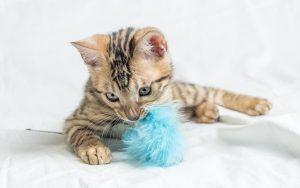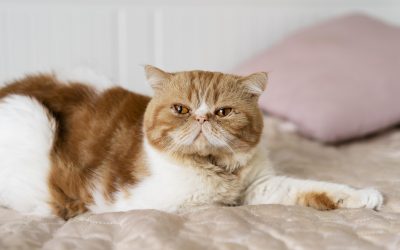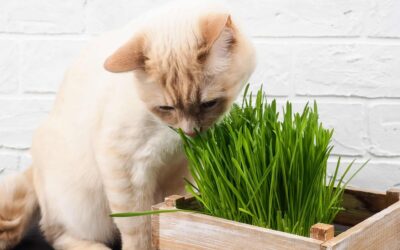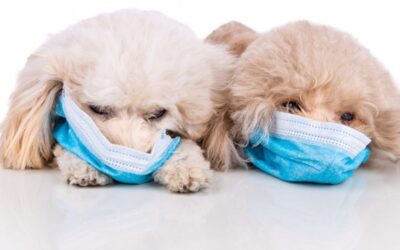Cat Hairballs [Treatment & Indicators for Severe Problem]
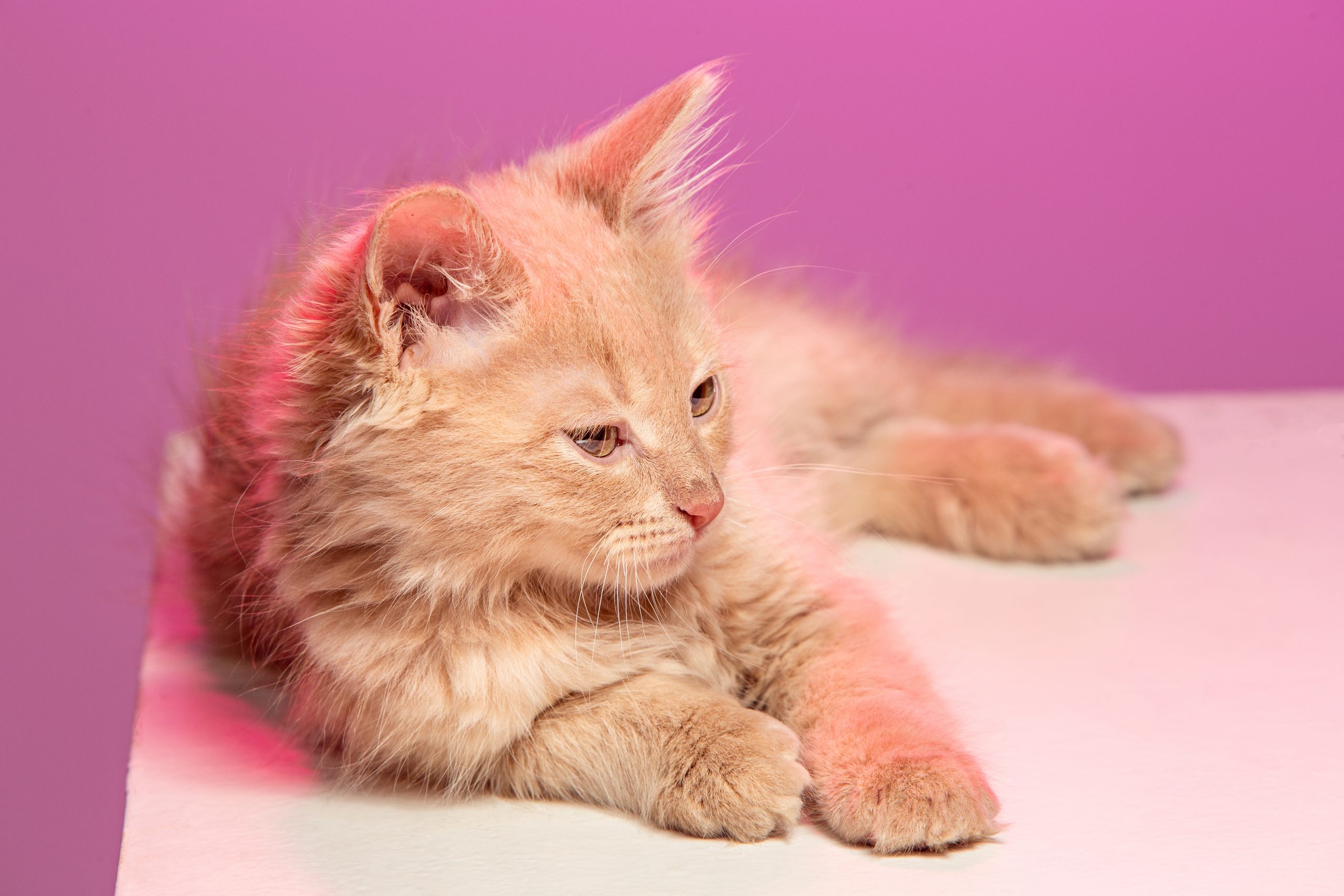
What are cat hairballs?
Cat hairballs are a common and natural occurrence in feline companions. These cylindrical formations are created when cats groom themselves by licking their fur. As they lick, their rough tongues catch loose hair, accumulating in their stomach. Over time, this hair forms into a ball-like shape, which is eventually regurgitated by the cat. Hairballs can vary in size, with some being small and inconspicuous, while others can be larger and more problematic.
Cat hairballs are not only unsightly, but they can also cause discomfort and potential health risks for our feline friends. Cat owners must understand the causes, seriousness, costs, and effective treatments to provide the best care for their beloved pets.
Causes of cat hairballs
Several factors contribute to the formation of hairballs in cats. The most common cause is excessive self-grooming. Cats are meticulous groomers and spend significant time licking their fur. This grooming behavior leads to the ingestion of loose hair, which eventually accumulates in their digestive system.
Another contributing factor is the type of cat breed. Long-haired breeds, such as Persians or Maine Coons, are more prone to hairballs due to their abundant fur and the increased likelihood of ingesting loose hair.
Furthermore, changes in a cat’s environment or routine can also trigger excessive grooming and hairball formation. Stress, anxiety, or boredom can lead to increased grooming, causing more hair to be ingested.
The seriousness of cat hairballs
While hairballs are common in cats, they should not be taken lightly. In some cases, hairballs can lead to serious health issues. If a hairball becomes too large to pass through the cat’s digestive system, it can cause a blockage, leading to vomiting, constipation, or even intestinal obstruction. This can be a life-threatening condition that requires immediate veterinary attention.
Additionally, frequent hairballs can indicate an underlying health problem in cats. If a cat is experiencing excessive hairball formation, it may be a sign of an underlying gastrointestinal issue or a dietary imbalance. It is crucial to monitor the frequency and severity of hairballs in order to detect any potential health issues early on.
Costs of treating cat hairballs
Treating cat hairballs can incur various costs, depending on the severity of the condition and the chosen treatment method. Mild cases of hairballs can often be managed at home with over-the-counter remedies, while more severe cases may require veterinary intervention.
Over-the-counter hairball remedies, such as specialized cat food or hairball gels, can cost from $5 to $20, depending on the brand and quantity. These remedies work by aiding in the passage of hairballs through the digestive system or by reducing the amount of loose hair ingested.
Costs can increase significantly when veterinary intervention is necessary. The average cost of a veterinary visit can range from $50 to $200, depending on the location and the specific diagnostic tests or treatments required. Surgical intervention, in cases of severe blockage or obstruction, can cost several hundred dollars.
Effective treatments for cat hairballs
Fortunately, several effective treatments are available to manage and prevent cat hairballs. The first step is to incorporate regular grooming into the cat’s routine. Brushing your cat’s fur daily helps to remove loose hair before it can be ingested, reducing the amount of hair available to form hairballs in the first place.
- Besides grooming, there are various over-the-counter remedies like pastes, gels, and cat hairball relief digestive aids that can help with the passage of hairballs. It’s important to follow the recommended dosage and instructions when using these remedies to ensure they are both effective and safe
- High-fiber cat food designed to reduce hairball formation can also help. These foods typically contain higher amounts of fiber, which helps to promote healthy digestion and prevent the accumulation of hair in the digestive system. It is recommended that a veterinarian determine the most suitable diet for a cat prone to hairballs.
- Encourage their cat to eat a small canned pumpkin. The fiber in the pumpkin helps move the hairball through the digestive system, easing any discomfort
- Offer your cat a small amount of plain, unsweetened yogurt. The beneficial bacteria in the yogurt can help improve digestion and promote the passage of hairballs. It is important to note that not all cats tolerate dairy products well, so it is advisable to introduce these remedies gradually and monitor the cat’s reaction.
- Increasing your cat’s water intake can help prevent hairball formation. Providing fresh water in multiple locations and offering wet cat food can encourage cats to drink more water, which helps to keep their digestive system hydrated and facilitates the passage of hairballs.
How to help a cat with a hairball
When a cat is experiencing discomfort from a hairball, there are several ways to provide immediate relief. One method is to gently massage the cat’s abdomen to help stimulate the digestive system and encourage the passage of the hairball. This can be done by using gentle, circular motions with your fingertips.
Another helpful technique is to encourage the cat to engage in light exercise. Playtime with interactive toys or a laser pointer can help get the cat moving and stimulate its digestive system. The movement can aid in the natural passage of the hairball.
If the hairball does not pass within 24 hours or the cat exhibits signs of distress, such as excessive vomiting or refusal to eat, it is important to seek veterinary attention. A veterinarian can provide further guidance and potentially administer medication or perform additional tests to alleviate the cat’s discomfort.
Preventing cat hairballs
Prevention is key to managing cat hairballs. Regular grooming is crucial to prevention, as it helps to remove loose hair before it can be ingested. Brushing the cat’s fur daily, especially for long-haired breeds, can significantly reduce the amount of hair available for hairball formation.
In addition to grooming, a balanced diet plays a vital role in preventing hairballs. Feeding a high-quality cat food that is specifically formulated to reduce hairball formation can help keep the digestive system healthy and minimize the accumulation of hair. It is important to consult with a veterinarian to determine the most suitable diet for a cat prone to hairballs.
Providing cats with environmental enrichment and mental stimulation can also help reduce excessive grooming and hairball formation. Interactive toys, scratching posts, and regular playtime can keep cats engaged and prevent boredom-related grooming.
When to see a veterinarian for cat hairballs
While mild cases of hairballs can often be managed at home, there are instances where veterinary attention is necessary. It is important to monitor the frequency and severity of hairballs to detect potential health issues.
If a cat is experiencing frequent and severe hairballs, it may be a sign of an underlying gastrointestinal issue or a dietary imbalance. Other signs that warrant veterinary attention include prolonged vomiting, lethargy, loss of appetite, or any other abnormal behavior.
A veterinarian can perform a thorough examination, including diagnostic tests if needed, to determine the underlying cause of hairball formation and provide appropriate treatment options. It is always better to err on the side of caution and seek professional advice when in doubt.
Can Odie Pet Insurance provide coverage for cat hairballs?
Depending on the specific policy, pet insurance can cover the diagnosis, treatment, and management of cat hairballs.
Reimbursement
This method is the most common for pet insurance companies. You pay out of pocket for the veterinarian bill, and then the insurance company reimburses you for what’s covered under the insurance plan. The steps look like this.
- You pay the vet bill after your cat’s visit.
- You fill out the pet insurance claim form.
- Submit the claim form and other required documentation to the insurer.
- After the claim is approved, you will be reimbursed for eligible expenses.
What Does Odie Pet Insurance Cover?
Pet insurance covers various veterinary expenses, providing financial protection and peace of mind for pet owners. Here are the details of the coverage options offered by Odie Pet Insurance:
Illness & Injury Plan
The Illness & Injury Plan is an all-inclusive insurance plan designed to cover a wide range of medical needs for your pet. This plan includes comprehensive coverage for various illnesses, injuries, and veterinary services. Some of the covered items include:
- Veterinary exams and consultations
- Diagnostics (e.g., X-rays, lab tests)
- Prescribed medications
- Surgeries and hospitalization
- Rehabilitation, acupuncture, or chiropractic treatments
- Medically necessary supplies
- Euthanasia and cremation
The Wellness Plan
The Wellness Plan is a monthly membership that focuses on preventive care and covers routine veterinary services.
- Provides reimbursements for routine care items such as wellness visits (exams and vaccines), testing and parasite prevention, dental cleanings and at-home dental care, vitamins, supplements, and more
- Through Odie’s partnership with Petivity, a leader in smart pet products and proactive care, Wellness Plan members can also receive reimbursements for Petivity devices and health kits, as well as eligible Purina food and supplements.
- Total reimbursement up to $700 per year.

